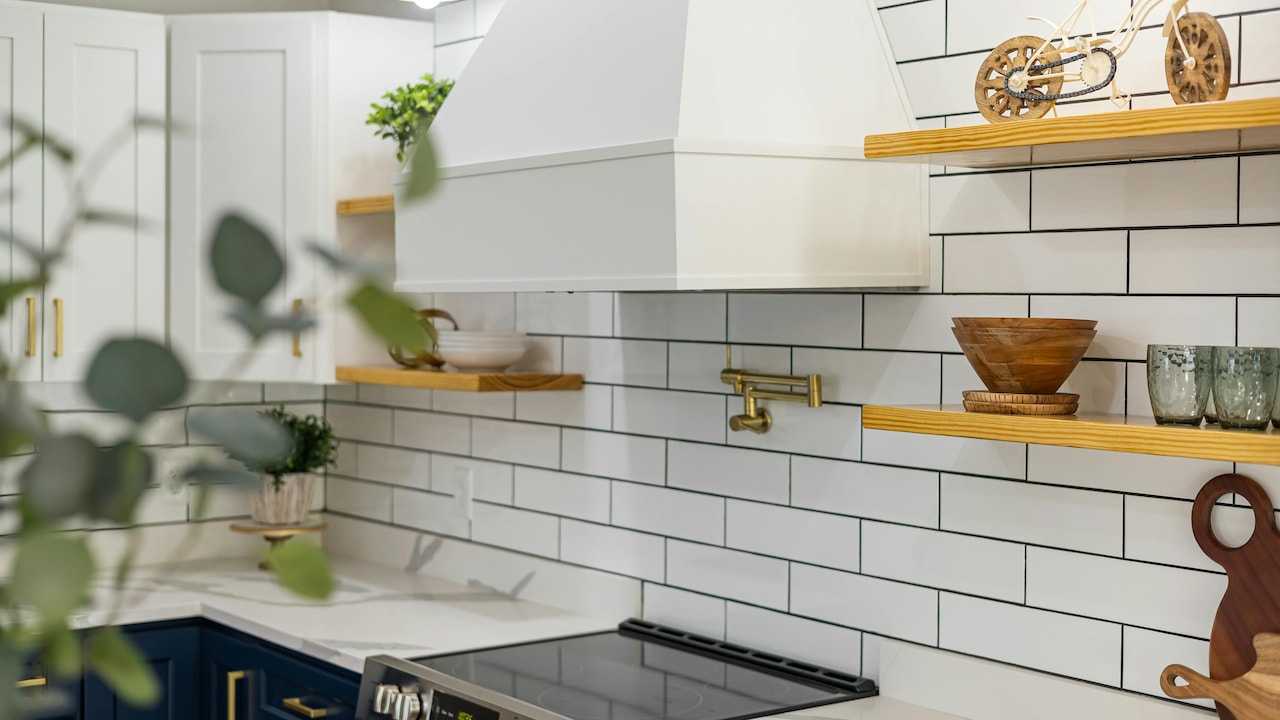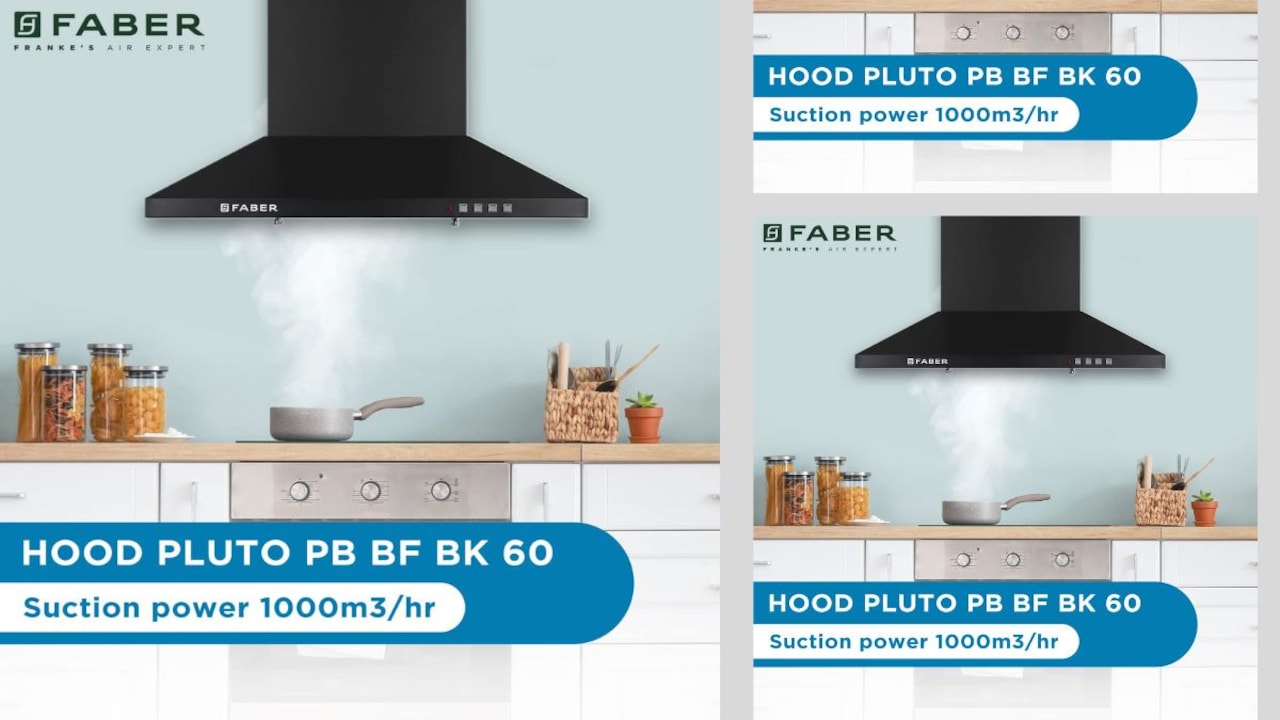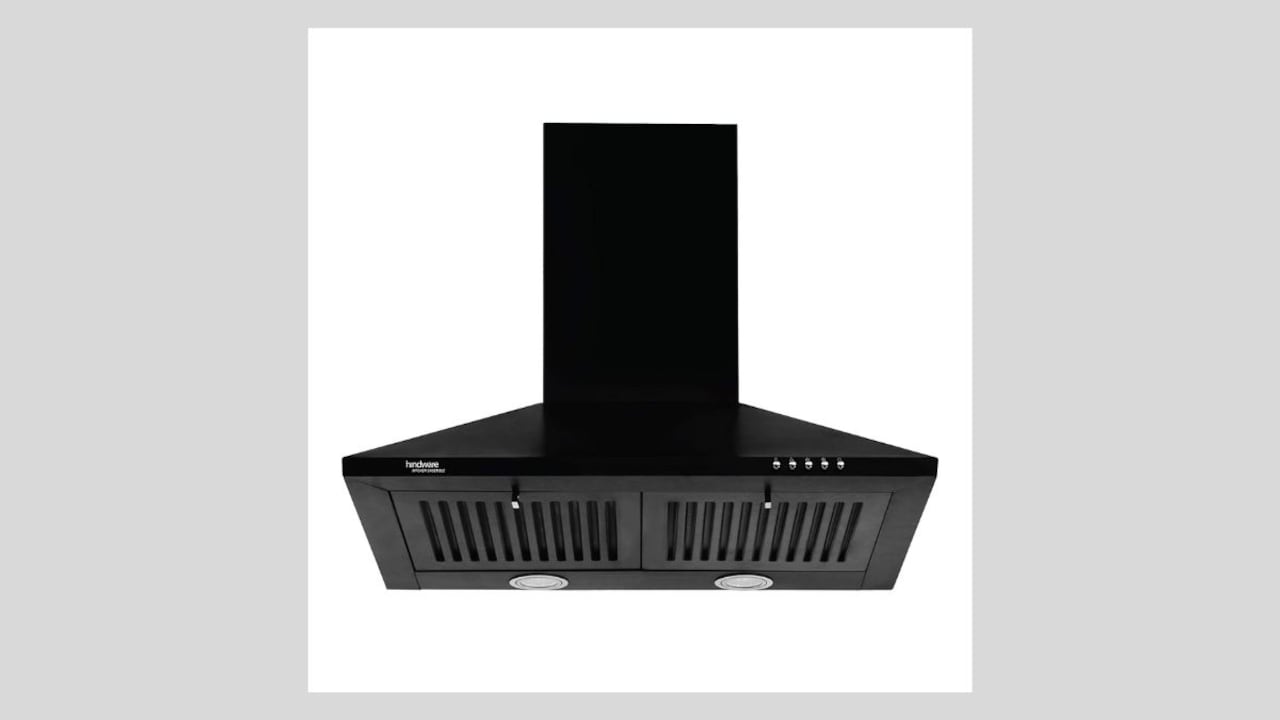How To Pick Kitchen Chimneys That Will Not Drip Oil Back Onto Cooktops
A kitchen chimney should make life easier, not add to your cleaning woes. This is a complete guide to picking a chimney that keeps oil where it belongs, out of sight and away from your food. Get yourself a non-oil dripping chimney with these easy tips. Also, check the top 7 picks, from Glen, Faber, Kaff to Crompton.

10 Expert Tips To Choose the Best Kitchen Chimney That Will Not Drip Oil On Your Cooktop.
There's something comforting about the sound of a tempering of mustard seeds, the hiss of onions meeting hot oil, and the swirl of spices that fills the air. Unfortunately, the same aroma that feels like home often brings a side effect: sticky walls, greasy tiles, and a kitchen chimney that seems to weep oil onto the cooktop. For many, the excitement of a new kitchen chimney fades when those dreaded drops begin to fall. It's not just unpleasant; it's a sign that the wrong model or poor maintenance has turned a helpful appliance into a nuisance.
However, this problem is completely avoidable. Picking the perfect chimney isn't rocket science, it's about understanding suction power, filter design, build quality, and a few simple tricks that most buyers overlook. Let's dive into how to pick kitchen chimneys that will not drip oil, keep your space fresh and your cooktop spotless. Also, check the top 7 picks, from Glen, Faber, Kaff to Crompton.

Use these tips to buy a kitchen chimney that will not drip oil; Photo Credit: Pexels
Also Read: Top 5 Chimneys in India: Smoke-Free Kitchens Made Easy
Your Guide To Picking A Chimney That Keeps The Oil Away
1. Understand Why Chimneys Drip Oil in the First Place
Before finding a solution, it's important to know the cause. Chimneys are designed to suck out smoke and grease particles from the air. But when the oil collected inside the filters or ducts isn't properly drained or cleaned, it starts condensing and dripping back down.
It's a bit like neglecting to empty a rainwater pipe; the more it clogs, the more it leaks. Over time, this oily residue builds up, especially in homes where deep frying or heavy sautéing is common. The warm air from cooking makes the oil thin, and it travels back down the duct or the hood surface, finding its way to your cooktop.
The good part? This isn't inevitable. The problem usually comes from a poor match between chimney design and cooking habits, or from overlooking regular maintenance. Once these are addressed, oil drips can become a thing of the past.
2. Choose the Right Type: Ducted vs Ductless
The great debate in kitchens often begins here. Should one go for a ducted chimney or a ductless one?
A ducted chimney channels the air outside through a pipe, keeping the kitchen fresh and odour-free. It's ideal for spaces where heavy cooking happens frequently, especially with rich gravies or fried snacks. Because the oil-laden air is expelled outside, these models are far less likely to drip oil.
On the other hand, ductless chimneys filter the air and circulate it back into the room. They're convenient in apartments where installing ducts is tricky. However, they trap oil and moisture within the filters, which means they need more frequent cleaning to prevent leaks.
If space and layout allow, a ducted chimney is the safer bet to avoid oil drips. It's worth the extra installation effort for the long-term cleanliness and peace of mind it brings.
3. Focus on Suction Power and Capacity
Think of suction power as the heart of the chimney. The stronger it is, the cleaner your kitchen stays. Suction power is measured in cubic metres per hour (m³/hr), and for a typical household, anything between 1000 and 1500 m³/hr works beautifully.
However, higher suction isn't always better. A chimney that's too powerful for a small kitchen can create unnecessary noise and energy waste. The ideal capacity depends on your cooktop size and how often you cook.
For frequent deep frying, a powerful suction is crucial; it ensures oil vapours are swiftly drawn in before they can settle. Always check that the design allows for efficient airflow without straining the motor. A balanced suction setup not only prevents drips but also extends the chimney's lifespan.

Find a chimney that offers great suction capacity and power; Photo Credit: Amazon
4. Pick the Right Filter Type
Filters are the unsung heroes of a good chimney. The right filter ensures smooth airflow and proper oil separation.
There are three main types, mesh filters, baffle filters, and filterless systems.
Mesh filters look like fine nets and need regular cleaning, as grease tends to clog them quickly. Baffle filters, commonly used in many homes, use multiple curved panels that separate oil from smoke effectively. They're easier to clean and ideal for cuisines that involve a lot of frying.
Then there are filterless chimneys, a newer innovation that uses advanced suction technology and oil collectors instead of traditional filters. They're low-maintenance and perfect for those who prefer less scrubbing.
For a drip-free experience, baffle filters or filterless models are your best companions. They ensure oil gets trapped and drained efficiently without finding its way back to your cooktop.
5. Material Matters – Go for Durable and Easy-to-Clean Surfaces
The chimney's body material isn't just about aesthetics; it affects performance, too. Stainless steel is the most reliable choice as it resists corrosion and is easy to wipe clean. Some models come with a combination of glass and steel, which looks sleek but needs extra care to avoid smudges.
A smooth, well-coated surface prevents oil from sticking and building up over time. When the body material is poor or uneven, oil residues can collect in corners and later drip down unexpectedly.
Look for models with a non-stick or powder-coated finish on the internal parts. They reduce grime accumulation, making maintenance far easier. After all, the less oil that clings to your chimney, the less chance there is for it to trickle back.
6. Check for an Efficient Oil Collector
The humble oil collector is a tiny detail that makes a big difference. It's the chimney's built-in container that traps and stores the separated oil.
A good oil collector should be made of stainless steel or high-grade plastic and be easy to remove and clean. Transparent ones are even better, you can see when it's time to empty them.
If this part isn't well-designed, oil starts pooling elsewhere, eventually dripping down onto your cooktop. So, when choosing a chimney, don't just check the brand or suction rate; take a close look at how the oil collector is fitted.
Models with auto-clean technology usually feature heated oil collectors that liquefy grease, directing it straight into the container. It's a clever mechanism that keeps your chimney spotless with minimal effort.

Ensure that the chimney has a good oil collector; Photo Credit: Amazon
7. Prioritise Auto-Clean Technology
Cleaning a chimney manually is no small task; it's messy, time-consuming, and often ignored until oil starts dripping. That's where auto-clean chimneys come in.
These models use heat or centrifugal force to remove accumulated oil from the internal parts. With just one touch of a button, the system warms up the chamber, melts the grease, and channels it into the oil collector. Simple, effective, and perfect for busy households.
Not only does this prevent drips, but it also extends the motor's life and ensures consistent suction power. Auto-clean chimneys might cost a little more upfront, but the savings on maintenance and cleaning services make up for it quickly. Think of it as paying for convenience and a cleaner kitchen rolled into one smart feature.
8. Size and Placement – The Geometry of Efficiency
A chimney that's too small won't capture smoke effectively, and one that's too high above the cooktop won't draw in enough fumes. The ideal distance between the chimney and the cooktop is 65 to 75 centimetres, depending on the model.
Always match the chimney size to your hob width. For a two-burner stove, a 60 cm chimney works well. For three or more burners, a 90 cm model is the better fit.
Placement matters too. Ensure the chimney is directly above the cooktop, not slightly off-centre. Even a small misalignment can reduce efficiency, causing oil-laden vapours to escape and condense elsewhere. When installed right, the chimney captures every bit of smoke before it can turn into grease.
9. Noise, Maintenance, and Warranty – The Hidden Trio
A powerful chimney that roars louder than a blender can quickly lose its charm. Noise levels between 55 and 65 dB are comfortable for regular use. Some premium models offer silent or low-noise operation, worth considering if you cook frequently.
Maintenance is another crucial factor. Regularly clean the filters (or activate auto-clean, if available) and wipe the hood after heavy use. Avoid harsh chemicals; mild dishwashing liquid and warm water do the trick.
Finally, never overlook the warranty. A good chimney should come with at least a 1-year comprehensive and 5-year motor warranty. It's a sign of quality and reliability. After all, a sturdy warranty is like a safety net for your investment, especially when prices range from ₹10,000 to ₹30,000 or more.

Check the noise levels, maintenance, and ease of cleaning; Photo Credit: Amazon
10. Brand Reputation and After-Sales Service
Even the best chimney can become troublesome if after-sales service is poor. Brands with a solid reputation usually have responsive service networks, ensuring quick help if something goes wrong.
Before buying, check for reviews and service availability in your area. Leading brands such as Faber, Elica, Hindware, Glen, and Kaff have built trust over time, offering good performance and reliable support.
A great product is only half the story; dependable maintenance is the other half. Oil dripping issues often arise not from design flaws but from neglected servicing. Regular maintenance visits keep the chimney's ducts clear, motors smooth, and oil collectors functional. It's like getting a health check-up for your kitchen's lungs.
Products Related To This Article
1. Glen 60 cm 1000 m³/hr Baffle Filter Kitchen Chimney
2. Faber 60 cm 1000 m³/hr Kitchen Chimney
3. KAFF K-Series KEC 60A Filterless Auto-Clean Kitchen Chimney
4. Hindware Smart Appliances | Marvia 60 cm Chimney
5. Elica 60cm 1500 m3/hr BLDC Filterless Autoclean Kitchen Chimney
6. Crompton QuietPro Plus BLDC 1800m3/hr 90cm Slant Chimney
7. Faber 60 cm 1200 m³/hr Autoclean Curved Chimney
A chimney that drips oil isn't just a cleaning nuisance; it's a reminder of a choice that could have been smarter. The right model doesn't just remove smoke; it silently takes care of odours, grease, and grime so cooking feels joyful again.
Choosing one is a blend of practicality and awareness: understand your cooking style, pick the right suction capacity, go for a reliable filter, and invest in auto-clean convenience. Don't be swayed by flashy designs alone; focus on what keeps your kitchen genuinely clean.
After all, a well-chosen chimney doesn't just protect your cooktop, it protects your peace of mind. A spotless, fresh kitchen is more than just a sign of cleanliness; it's a sign of care, comfort, and thoughtful living.
























